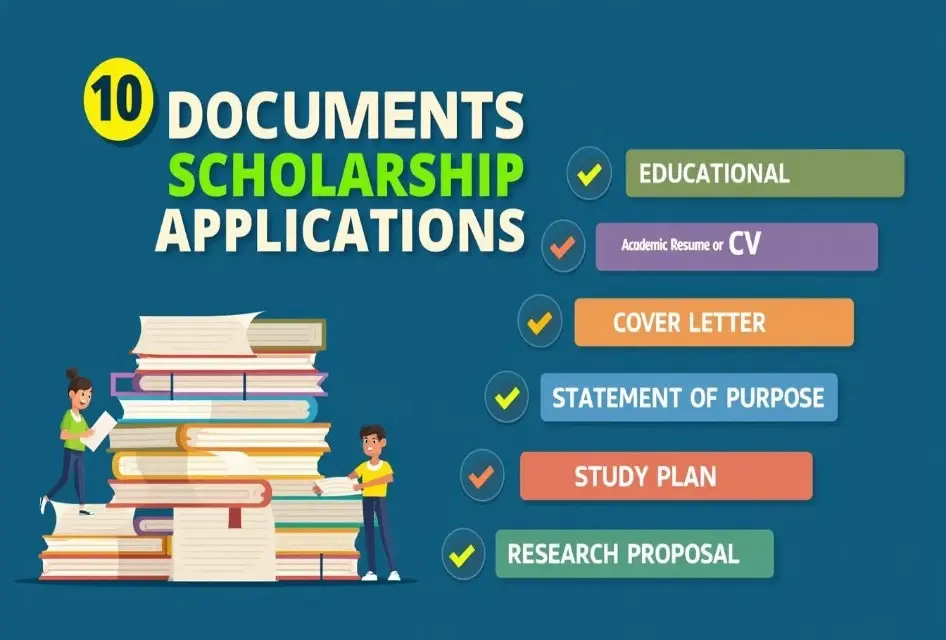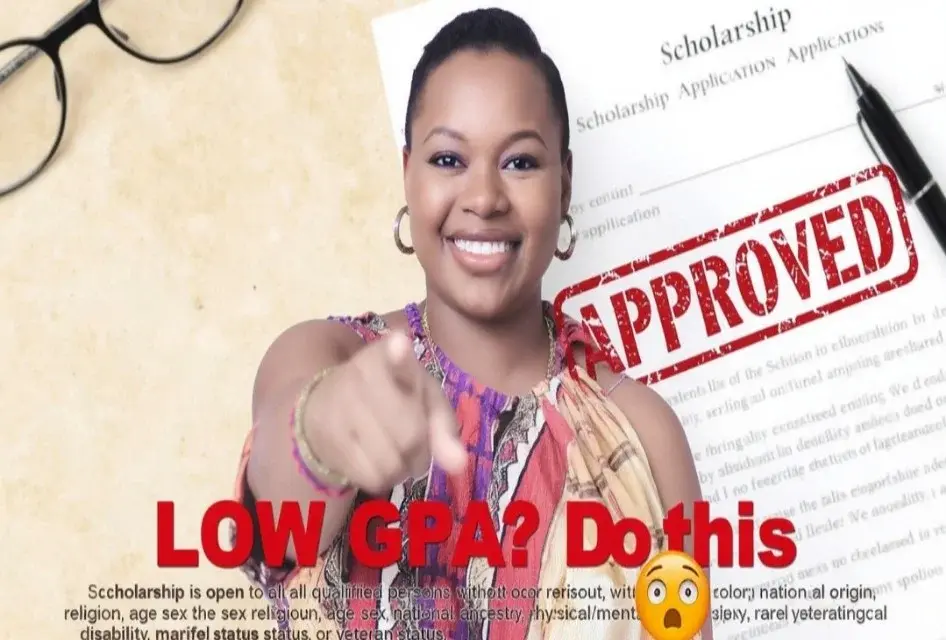
The Best Way to Write a Winning Scholarship Motivation Letter
This article will show you exactly. how to write a motivation letter that doesn't only get read, but also gets remembered. It is based on advice from scholarship winners, university instructors, and people who work in admissions
Your grades are great, your CV is well-written, and your references are all set . But the scholarship committee has hundreds of applicants with similar qualifications What makes you different?.
The Motivation Letter is one of the most important parts of your application. This letter is sometimes called a Statement of Purpose, because it tells your story.
The Best Way to Write a Winning Scholarship Motivation Letter
You can change from a bunch of grades and experiences into a real, three-dimensional person . One expert who has been on scholarship committees says that the motivation letter might sometimes be worth up to 50% of your achievement
What is a Motivation Letter, anyway?
Think of your application as a puzzle. Your CV is the “what” the facts and data .The "why" and "how" are in your motivation letter The story ties your past experiences to your future goals and shows why this scholarship is the most important link between them.
One successful scholarship applicant said that your motivation letter is a "academic vibe check" It's where you display who you are, what you love, and what you can do
The Golden Rule: What You Should Never Do
Let's clean up the mess before we construct .The first thing you need to do to write a winning letter is to avoid these frequent blunders.
Don't let AI write your letter: Experts say this is the most important warning . A former member of theStipendium Hungaricumcommittee says, "These days, almost all universities and committees have access to platforms that can check if it was written by ChatGPT or another AI tool"
You can use AI to come up with new ideas or locate synonyms, but you should never copy and paste Your voice needs to be real
Don't make vague generalizations: People on committees read thousands of letters that included things like "I'm motivated," "I want to change society," or "I plan to become a minister" These pointless statements all sound the same .
Show that you want to make a difference by making a particular strategy instead of just saying it
- Weak: "I think this scholarship will help me make a difference in my community"
- Strong: "I want to start a community education center for women after I graduate". This master's program will give me the precise tools and resources I need to create good accounting training for small business owners".
Fix any mistakes in grammar and spelling: It seems simple, yet it's a big filter. A member of the committee who is a professor says, "When I see grammatical errors... it just knocks your application down" You must write perfectly for a Master's or PhD application.
It shows that you pay attention to details and are good at school Consider using Grammarlyfor proofreading
The Step-by-Step Plan for Writing a Winning Letter
A strong motivation letter has a clear and convincing format Here's how to put it together, one paragraph at a time
Step 1: The Interesting Beginning
Your first few sentences need to grab the reader's attention right away Don't just say, "My name is X and I'm applying for Y"
- Tell a Micro-Story: Start with a short, powerful story that shows what drives you at your core
- Tell people what your mission is: Start with a clear and ambitious vision statement
Example of a good introduction: "I am [Your Name], a citizen of [Your Country] who is determined to help end poverty through economic growth.
I know how strong dedication and focus can be because I've been through [particular obstacle] I am dedicated to using the potential of more education to enhance the economy of my native nation through actions taken by citizens"
Step 2: The "Why Me" Body Paragraphs
This is the main part of your letter, where you talk about your past, present, and future
Your Academic and Professional Journey: Briefly list the most important things you learned from your CV.
Make sure that your undergraduate degree, employment experience, and useful talents are all related to the program you're applying for.
The "Connect the Dots" Moment: Tell them why you need this exact curriculum at this exact university to reach your goals.
This is where your research pays dividends
- Name a specific professor whose work is similar to what you want to do
- Name a course, lab, or research center at the institution that is different from others
- Talk about the university's values or mission and how they speak to you Check TopUniversitiesfor university details
Step 3: The "Why You" Part
Investing in scholarships is a good idea Tell the committee what they will get in exchange
- Cultural Exchange: Talk about how excited you are to share your culture and learn about other people's cultures
- Campus Involvement: Say that you want to join clubs, lead initiatives, or go to events
- Future Ambassadorship: Tell them that you want to be a proud graduate who helps the university's heritage go on
Step 4: The Conclusion That Looks Ahead
Finish with vigor and clarity Say again what drives you and how thankful you are
- Re-state Your Goals: Make sure your short-term and long-term goals are achievable and in line with the scholarship by briefly going over them again
- Show Enthusiasm: Show that you are very excited about the chance
- Thank the Reader: Be professional and thank them for their time
- A Strong Closing Example: "I really want to join [University Name] and help make its academic community even better" Thank you for looking at my application, I can't wait to be able to use my abilities and passion in the [Program Name] and, in the end, to become a leader in [Your Field]"
Tips for a Polished Final Draft
Do thorough research: Don't only look at the website If you can discover out who the admissions director or committee head is, send the letter straight to them .
This displays a degree of dedication that is off the charts
- Do what you're told Exactly: Follow the word count (usually 500-800 words) and formatting rules (usually 12-point Times New Roman, double-spaced) to the letter
- Be Real: Show off your distinct personality and passion Committees can tell when someone is very excited
Change, change, change: You don't write a terrific motivation letter; you rewrite it. An expert says, "You can't write a good motivation letter in two days" Take a break, come back with new eyes, and ask teachers, mentors, or peers for their thoughts
Consider feedback from WriteThesisthesis
Conclusion
Your motivation letter is more than just a piece of paper; it's your personal advocate .
You may make it a strong argument for the committee to invest in your future by adding details, passion, and a clear vision Now, tell your story
Reminder: Start drafting your motivation letter today and seek feedback from mentors Explore more tips at CollegeData!






